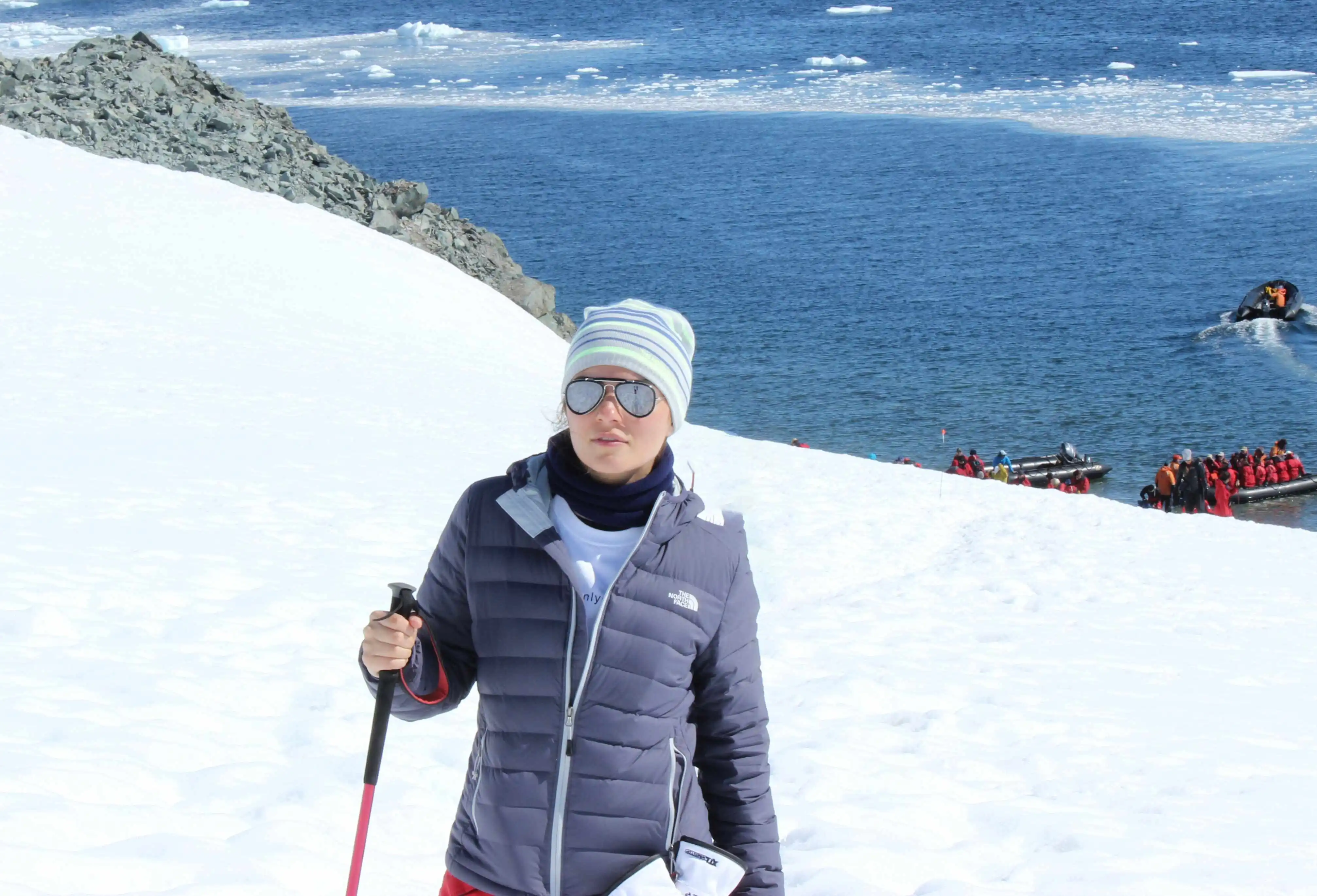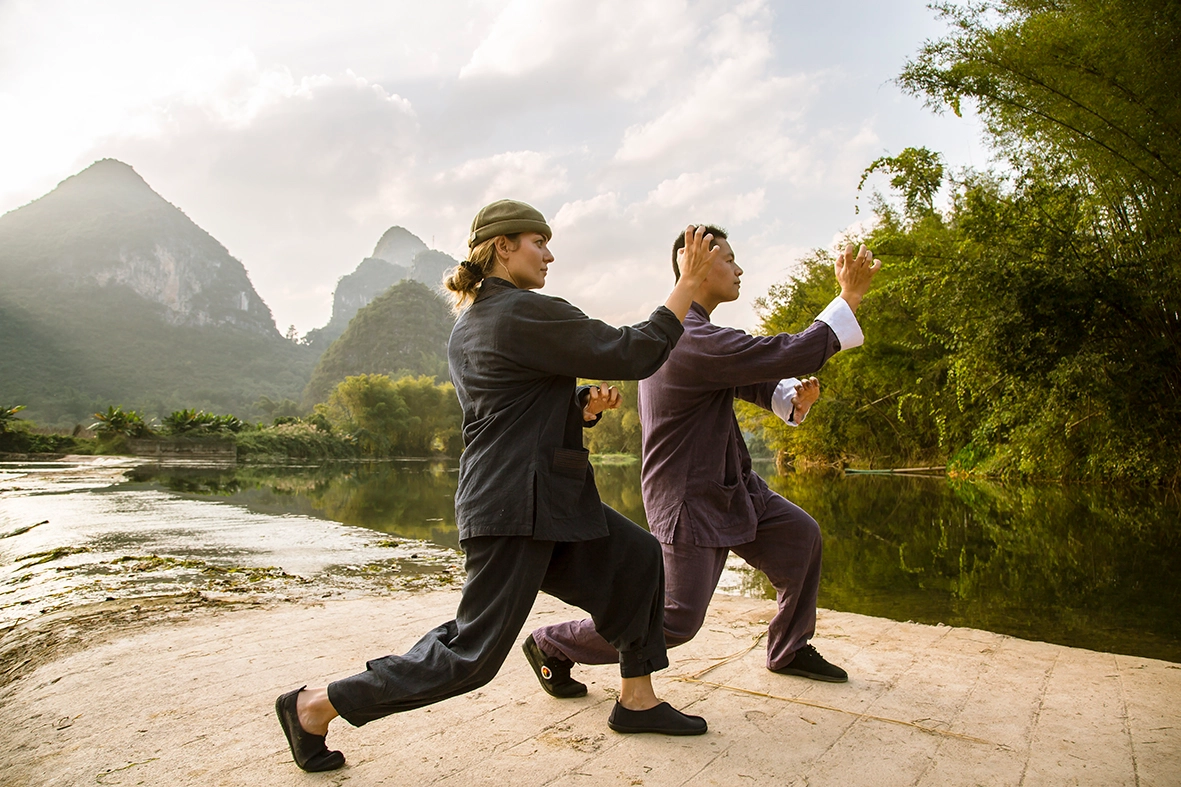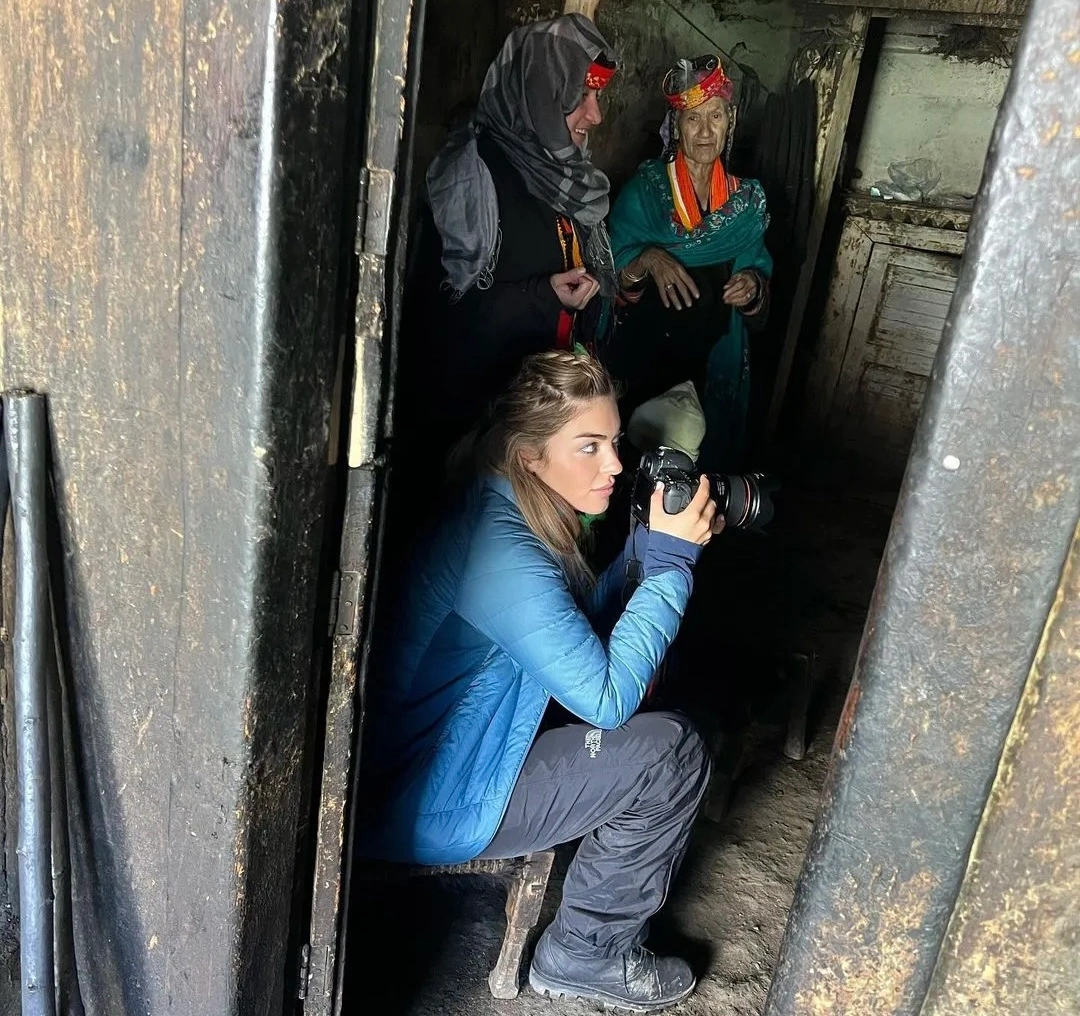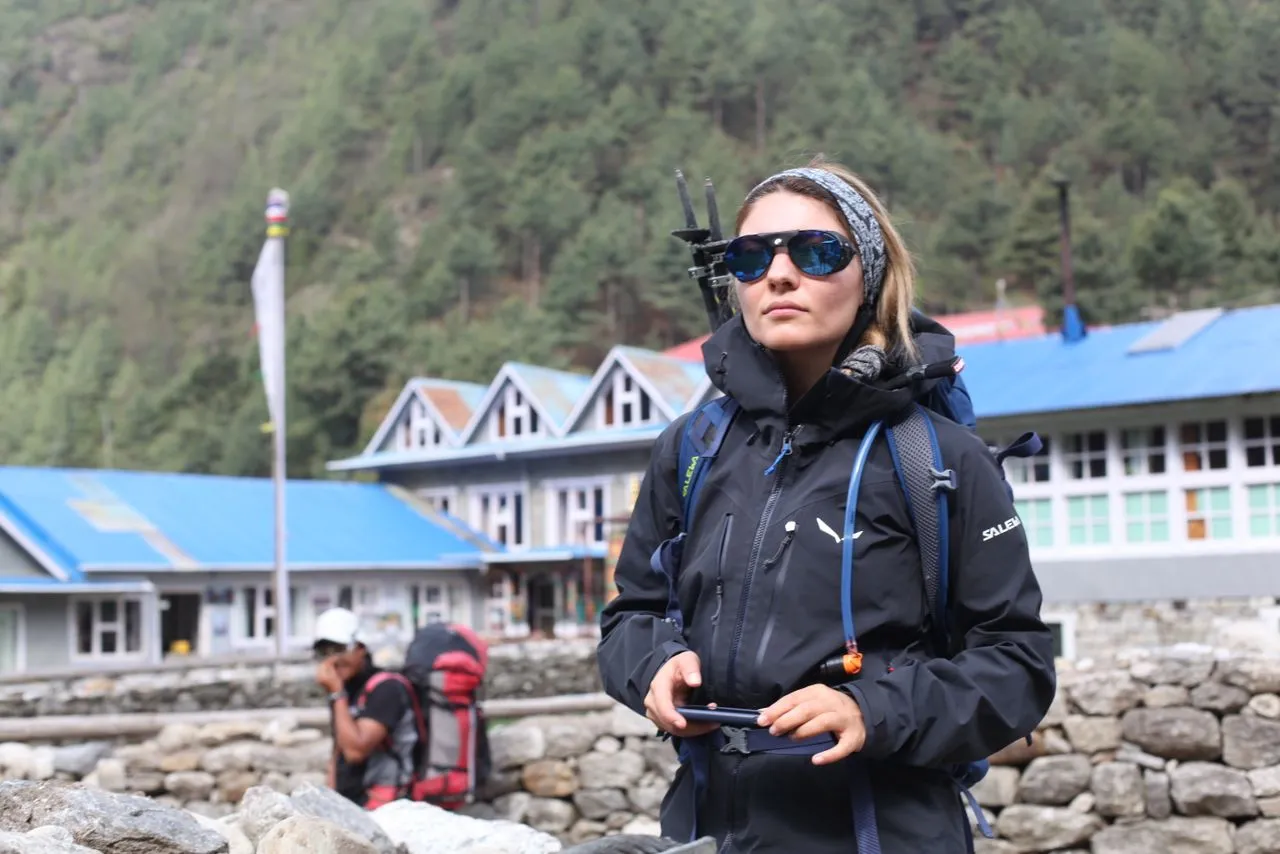Siberia-Yamal-Salekhard — 2021
For some, travel might be just a change of scenery. For me, it’s the essence of living—a seamless merge of body and spirit across vast landscapes. My journeys often draw me to contrasts: quiet nooks to bustling centers, visible societal gaps, the extremes of our planet’s climates, and the majestic interplay of mountains and seas.
I’ve come to see contrast as the birthplace of creativity. It’s amidst these differences that I feel alive and most inspired. This deep drive to explore has led me to capture moments through photography, tell stories in documentaries, and even find design inspiration. But at its heart, it’s about a yearning: a desire to see, hear, and feel the world in its raw immediacy.
My relationship with travel is deep and layered. I’ve often asked myself: Why can’t routine life hold me? Why do I feel disconnected from urban living, finding solace only in nature’s embrace? Every journey feels like stepping further into self-understanding, each step molding parts of me.
Chapter one: Childhood Adventures in Tehran
In childhood, I was a bundle of boundless energy. I was a spirited girl, frequently outside classroom walls, surrounded by a family that tried, sometimes with stark reactions, to channel my zeal. In such times, I’d retreat to quiet corners, finding companionship in animals and connecting in silent conversations. This was my peaceful escape. My early years unfolded in a home in Tehran’s Darroos district. There, in its garden, I crafted a brick retreat, a space where I cared for animals I found. This bond with nature sowed the seeds of a more considerable passion for exploring its wonders.
Such experiences felt like chapters in a childhood adventure amid nature’s vast canvas. The intricacies of a leaf, the textures of trees, the dance of water, or the story within a grain of sand — they all taught me to focus, to truly see. In all its healing glory, nature offered refuge from the whirlwinds of an energetic childhood.
Chapter two: Boundaries and Their Essence
The first time I saw images of the Berlin Wall collapsing was through a Pink Floyd music video. Later, a family friend who had witnessed this historic fall spoke of the joy of that moment. They highlighted that a border is not merely physical. Thousands of lives had been intertwined and then separated by these walls. Borders and travels have always been intertwined. Edges are but lines on paper that separate people, marking territories off-limits. This very concept fueled my desire to explore these delineated boundaries for myself.
For me, borders have always been a point of curiosity, transforming travel from mere adventure or historical exploration into a societal matter. Borders aren’t just lines drawn on maps. Invisible barriers removed between genders, ethnicities, religions, and classes often act stronger than visible ones. They exist within a city, shaping an individual’s world. Wandering in a city challenges these boundaries, revealing microcultures, lifestyles, labels, and exclusions.
Borders have taught me that to truly open our world, understand people from diverse cultures, and eliminate bias in our judgments, we must step over both visible and invisible societal boundaries. We should listen to stories from varied worlds and embrace coexistence, empathy, and tolerance.

Antarctica — 2014, Sogol is the first Iranian woman to travel to the south pole at her own expense.
Chapter Three: Facing Our Fears
From childhood, there are always those who discourage you from stepping into the unknown. I have stepped over all the fears and the ‘no’s I’ve heard – the ones tied to my gender, the ones trying to confine me, a woman, within the home and limited spaces, and the various fears such as the fear of getting lost, assault, deceit, and multiple forms of exploitation.
Travel is accompanied by geographical, cultural, and cognitive disorientation. Some of these fears have real roots. I was afraid, too. My remedy was research. What awaits me? Reading travelogues, ethnographies, and online notes of amateur travelers, understanding rituals, and discovering ways to understand local cultures somewhat guided me. It hinted at areas I shouldn’t venture into alone or tread cautiously. I always sought local insights that showed me the way; friendships are now more accessible through digital tools and countless strategies that shield women from various dangers.
When we position ourselves against the unknown during travels, we inevitably accept a degree of risk. However, immersing in resources sometimes makes us so familiar with a society that it feels like we’re stepping into familiar territory.
Chapter Four: The Adventurous Mother
As an adventurous mother, when my daughter was just five months old, I placed her in a backpack and went skiing. This represented the most challenging aspect of my journey: overcoming a societal structure that envisions motherhood as being confined to the walls of a home, nurturing the child from within. All these societal pressures combine to ensure the taboos of a ‘good mother’ remain unbroken. The power of the family structure, patriarchal ideals, and various cultural norms, both for women and men, weigh you down. Even when you defy these norms, the patriarchal culture ensures you are constantly plagued with guilt about child-rearing.
My reasons were simple enough. I was a young mother, guided by two beliefs: firstly, if Eskimo children could survive in the Arctic or African children could endure harsh conditions, why couldn’t my child? Secondly, the most valuable lesson I could teach my daughter as a mother was to showcase how people from various cultures and religions coexist.
Eventually, in her childhood, my daughter imparted an even more profound lesson to me. Watching children of different nationalities and races play and her inclination to befriend strangers showcased how our minds have a pre-set hierarchy laden with labels. My daughter and I have journeyed far, challenging many gender stereotypes.

China — 2018
Chapter Five: The Allure of The Journey
The journey pulls a magical spell, obscuring the enchantment of everything else. When I traveled to the Maasai in Kenya, I hadn’t anticipated the profound impact it would have on me. Having traveled for years, seen documentaries, and followed photographers, I believed I had become savvy in my voyages. I ventured to their village with a local guide I had befriended from a previous Maasai trip. They promised me a rite-of-passage ceremony. I wore local attire and danced with them. Young men entered the arena, they wrestled, and we feasted on hunted meat. Gradually, I discerned something extraordinary: women changing from their traditional attire into modern clothing, the village chief interacting with the young men, and eventual farewells. These were scenes kept hidden from the tourist’s eye. I touched the walls and realized their decorative nature.
In subsequent travels, I became alert, looking for the distinction between the genuine and the performative. At first, I was shocked, as if authentic cultures were disintegrating. However, I soon realized we are afflicted with cultural myopia, unable to perceive the raw nature of cultures during our journeys. Travel forces us to scrutinize everything ruthlessly, question, and probe until we reach the desired depth. This cultural insight distances us from the superficial pleasures of a stereotypical tourist.
Chapter Six: Navigating the Abyss
The tumultuous waters of the Drake Passage have always been a siren song for intrepid sailors, luring them with dreams of the South Pole. Navigating these waters requires remaining on the ship for three days, during which time the vessel never truly rests. The waves and storms are so fierce that the ship is constantly jolted, with everything thrown into chaos. Seasickness is an everyday companion; even tightly fastened belts fail to offer solace as the turbulence lifts them.
Amidst these storms, I pondered: Was my journey merely a quest to tick off unexplored lands on my map? Had I unwittingly entered a race? Above all, thoughts of my daughter, far away at home, waiting for my return, plagued me. I wished I had penned a note for her. In the whirlwind of emotions, I faced a profound fear – the dread of death. It was a fear I had always jestingly dismissed, but now it confronted me. If my life was to be cut short, had I truly savored its myriad experiences? Why had I willingly plunged into such peril?
In that churning abyss, I came face to face with the deepest layers of my being. It was as if life held up a mirror to my soul. Yet, as the journey concluded, the storm within me settled. Unbeknownst to myself, each expedition had been a search to confront my innermost fears and voids:
I was diving deep underwater to conquer my childhood fear of confined spaces.
Facing other fears rooted in my youth.
Even the fear of homelessness led me to choose a life under tents and temporary shelters.
The Final Step: A Reflection on Life's Journey
A verse from the famed Persian poet Hafez resonates deeply with me: “In the end, you’ll become the clay in the potter’s hands.” Fortune has favored me with a supportive family who understood my dreams, a daughter who forgave my absences, and opportunities to collaborate with renowned institutions like National Geographic. While my perseverance and strategies, such as promoting airline brands in exchange for free trips, paved the way, there are times when fate gracefully descends on one’s shoulder, granting cherished desires. I pen down this final chapter as a reminder: many yearn to make travel their life’s work but remain unfulfilled. And it’s only sometimes about their qualifications; many might even surpass me in merit. I cherish this privilege and aim to inspire others with my tales, offering insights and solutions. I, too, indulge in travel stories, forever chasing the dream of making the impossible possible.





